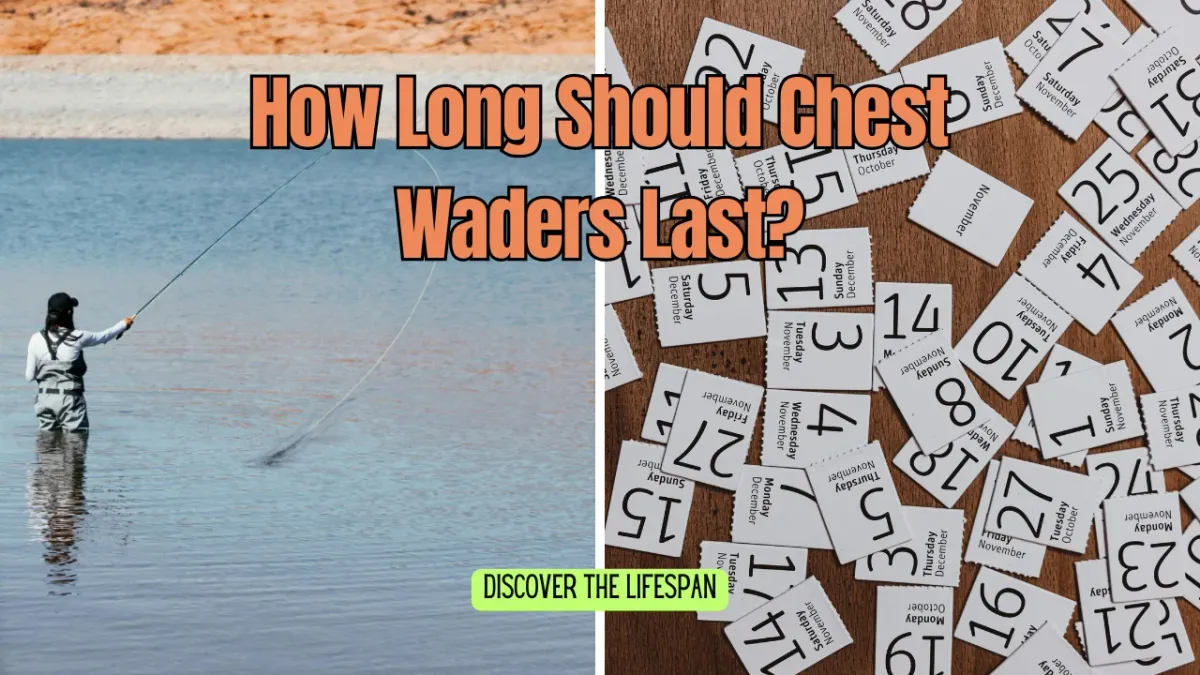Wading through rivers and streams is a beloved activity for many anglers. However, one common question that arises is, "Do you still get wet in waders?" The short answer is: it depends. This article will delve into the intricacies of waders, the materials they are made from, and how to stay dry and comfortable while wading. We'll also explore the best practices for layering and maintaining your wading gear.
Key Takeaways:
- Understanding the different types of waders and their materials can help you stay dry and comfortable.
- Proper layering and choosing the right accessories, like neoprene socks and wading boots, are crucial for a successful wading experience.
- Knowing how to maintain and care for your waders can extend their lifespan and improve your overall fishing experience.
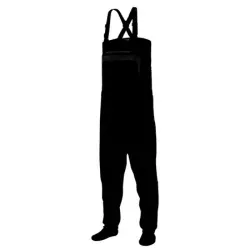
Types of Waders
Breathable Waders
Breathable waders are a popular choice among anglers, especially during the summer months. Made from materials like Gore-Tex, these waders allow water vapor to escape while keeping water out. This feature is particularly useful for long hikes and hot days, as it helps to keep you cool and dry. However, breathable waders are not entirely foolproof. If you wade deep or spend a couple of hours fishing in cold water, you might still feel a bit damp due to condensation.
Neoprene Waders
Neoprene waders are another common type, especially favored in colder conditions. These waders are made from neoprene, a synthetic rubber that provides excellent insulation. Neoprene waders are thicker and less breathable than their breathable counterparts, making them ideal for cold water fishing. However, they can become uncomfortably hot in warmer weather, leading to sweat accumulation inside the waders.
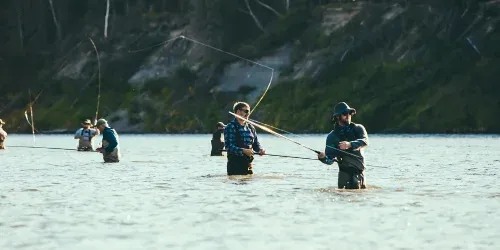
Layering for Comfort
Wearing Socks
When it comes to keeping your feet dry and warm, the type of socks you wear is crucial. Wool socks are a great choice for their moisture-wicking properties and insulation. Pairing wool socks with a liner sock can provide additional comfort and prevent blisters. Avoid cotton socks, as they tend to retain moisture, making your feet cold and uncomfortable.
Neoprene Socks
Neoprene socks are specifically designed for wet wading. These socks provide excellent insulation and are perfect for keeping your feet warm in cold water. They also offer a snug fit, which helps to prevent sand and gravel from getting inside your wading boots. Neoprene wading socks are a must-have for any serious angler.
Choosing the Right Footwear
Wading Boots
Wading boots are essential for providing ankle support and protecting your feet from sharp rocks and other underwater hazards. When you choose to wear wading boots, look for features like rubber soles for better grip and quick-dry materials. Some wading boots come with built-in gravel guards, which can help keep debris out of your boots.
Wet Wading Boots
For those who prefer wet wading, wet wading boots are a great option. These boots are designed to be worn without waders and are typically made from quick-drying materials. They offer excellent traction and support, making them ideal for navigating slippery riverbeds. Pairing wet wading boots with neoprene booties can provide additional comfort and protection.
Maintaining Your Waders
Cleaning and Drying
Proper maintenance is key to extending the lifespan of your waders. After each use, rinse your waders with fresh water to remove any dirt or debris. Hang them up to dry in a well-ventilated area, avoiding direct sunlight, which can degrade the material. Regularly inspect your waders for any signs of wear and tear, and repair any small holes or leaks promptly.
Storage
Storing your waders correctly can also help to prolong their life. Avoid folding or crumpling your waders, as this can cause creases and weaken the material. Instead, hang them up or lay them flat in a cool, dry place. If you need to store your waders for an extended period, consider using a wader bag to protect them from dust and damage.
Common Issues and Solutions
Leaks and Repairs
One of the most common issues with waders is leaks. Small punctures can occur from sharp objects or general wear and tear. To fix a leak, first, identify the source by filling the waders with water and looking for any wet spots. Once you've located the leak, dry the area thoroughly and apply a waterproof adhesive or patch.
Condensation
Condensation inside your waders can make you feel wet even if there are no leaks. This is often caused by sweat or temperature differences between the inside and outside of the waders. To minimize condensation, wear moisture-wicking layers and ensure proper ventilation. If condensation becomes a significant issue, consider upgrading to more breathable waders.
Accessories for Enhanced Comfort
Gravel Guards
Gravel guards are an essential accessory for any angler. These guards fit over your wading boots and help to keep sand and gravel from entering your boots. They are particularly useful when wading in areas with loose or sandy riverbeds. Gravel guards can also provide additional protection for your waders, reducing the risk of punctures.
Sun Protection
Spending long hours in the sun can take a toll on your skin. Wearing sun protection, such as a wide-brimmed hat, sunglasses, and sunscreen, is crucial for preventing sunburn and long-term skin damage. Some waders and wading jackets also come with built-in UV protection, offering an extra layer of defense against harmful rays.
Practical Tips for Staying Dry
Avoiding Deep Water
One of the simplest ways to stay dry in waders is to avoid wading too deep. While it might be tempting to venture into deeper waters, doing so increases the risk of water entering your waders. Stick to shallower areas where you can comfortably fish without compromising your dryness.
Proper Fit
Ensuring your waders fit correctly is crucial for staying dry. Waders that are too loose can allow water to seep in, while waders that are too tight can restrict movement and cause discomfort. When trying on waders, make sure they fit snugly but allow for a full range of motion. Pay particular attention to the fit around your ankles and waist, as these areas are most prone to leaks.
Case Studies
Angler Experience: John’s Story
John, an avid fly fisherman, shared his experience with different types of waders. He initially started with neoprene waders but found them too hot during the summer months. Switching to breathable waders made a significant difference in his comfort level. However, he noticed some condensation issues, which he mitigated by wearing moisture-wicking layers and ensuring proper ventilation.
Angler Experience: Sarah’s Story
Sarah, another passionate angler, had a different experience. She preferred wet wading during the warmer months and found that neoprene socks paired with wet wading boots provided the perfect balance of comfort and protection. Sarah emphasized the importance of choosing the right footwear and accessories to enhance the overall wading experience.
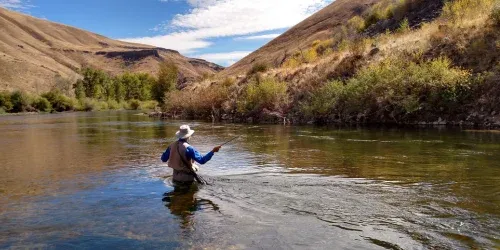
Conclusion
Wading can be an incredibly rewarding experience, but staying dry and comfortable requires the right gear and knowledge. By understanding the different types of waders, layering appropriately, and choosing the right accessories, you can enjoy your time on the water without the discomfort of getting wet. Proper maintenance and care of your wading gear will also ensure that it lasts for many fishing trips to come.
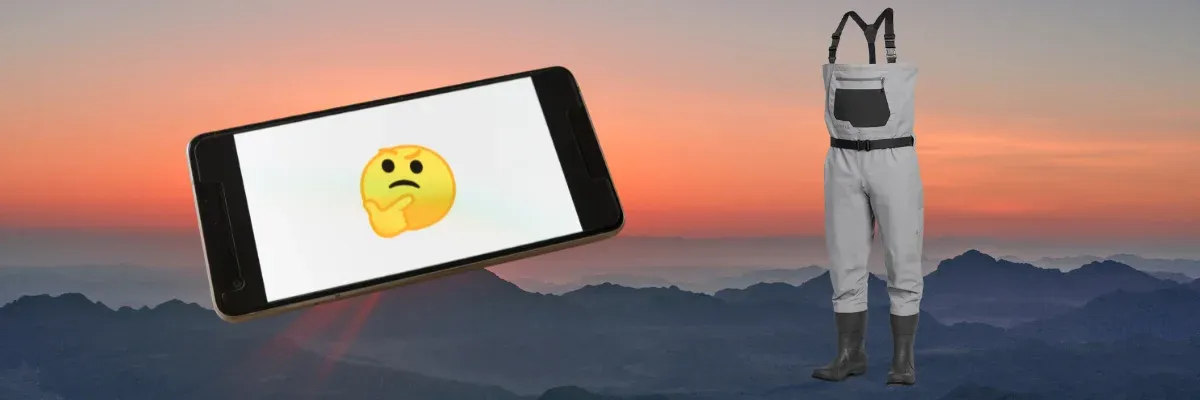
FAQs
Do breathable waders keep you completely dry?
Breathable waders are designed to keep water out while allowing moisture to escape. However, they may not keep you completely dry if you wade deep or spend extended periods in cold water. Condensation can also cause some dampness inside the waders.
Can I wear regular hiking boots for wading?
While regular hiking boots can provide some level of support and protection, they are not specifically designed for wading. Wading boots offer better traction, quick-drying materials, and features like gravel guards that are essential for a comfortable wading experience.
How do I prevent my feet from getting cold in waders?
To keep your feet warm in waders, wear moisture-wicking wool socks paired with a liner sock. Neoprene socks can also provide excellent insulation in cold water. Avoid cotton socks, as they retain moisture and can make your feet cold and uncomfortable.
Related articles:
